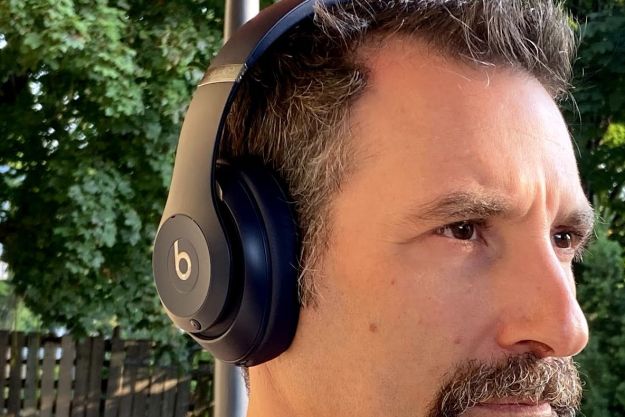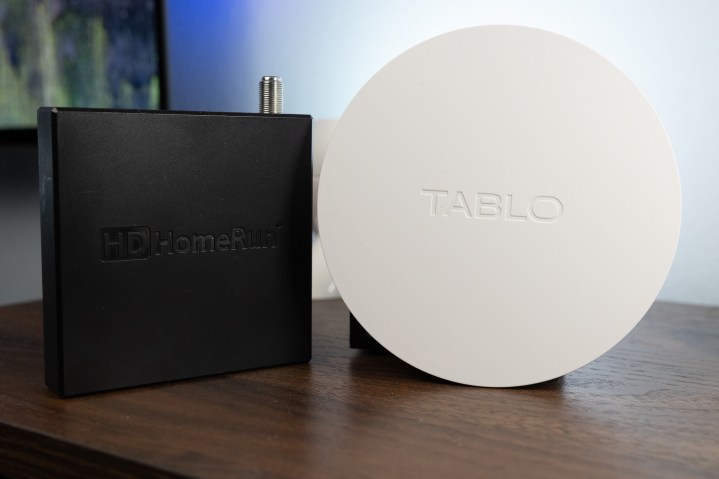
Over-the-air television is still a thing in the 21st century. Yes, streaming is the future. Yes, cable and satellite are still very much in existence. But there’s still a place for the original technology that beamed black-and-white TV into homes all across the world all those decades ago.
But you can do better than plugging a single antenna into a single tuner on the back of a single television. Instead, you can plug into a connected box that shares the feed over your home network, making your local broadcast channels available to just about any device you own.
The two major players in that space are Tablo, which released its fourth-generation hardware in the fall of 2023, and HDHomeRun, which is still plodding along, much in the same way it has for years now. Both work. Both have a place. But which is better? Tablo or HDHomeRun? Let’s break it down.
Price
This part is pretty simple math, though the options between Tablo and HDHomeRun do vary a bit. And we’re going to talk in general price range here, since sales can and do often happen.
The with dual tuners retails at $130 (or less) with an indoor antenna included, or $100 if you already have an antenna. A quad-tuner Tablo is on the way for $140. And these all come with 128GB of built-in storage for recording whatever you want.
Both devices are in the same pricing ballpark, but Tablo has better value.
— with two tuners — costs $110. So we’re in the same ballpark. But it doesn’t have any sort of storage built in. If you want four tuners, you’ll have to bump up to the newer HDHomeRun Flex 4K, at $200. It has four ATSC 1.0 tuners and two ATSC 3.0 tuners. (That’s what gives the name the 4K part.) Neither the Flex Duo nor the Flex 4K has any built-in storage, however.
Winner: Tablo, especially if you need four tuners in a single device. Those are good prices, especially considering Tablo has built-in recording capability.
Vibes
This part’s going to get a little weird, and there’s a reason why I’m putting it up so high. The short version is that I have concerns about the longevity of HDHomeRun as a product. It’s something I’ve used for years. And it still works just fine today and is still being somewhat actively developed, as you can tell from the posts in the SiliconDust support forums, as well as on Reddit. That’s cool.
But HDHomeRun’s website is a mishmash of current and older devices, with some of the latter appearing to not be available at all anymore. (Including the four-tuner Connect Quatro I’m still using today.)
Tablo, on the other hand, is run by Nuyyvo, which is owned by E.W. Scripps — a major player in this space. And you get a completely different feel from Tablo as a company than you do HDHomeRun.
Winner: Tie. And I’ll be the first to say this is all fairly subjective on my part. But it’s the sort of thing I think needs to be mentioned here.
Hardware
For the most part, there’s not a whole lot to be said about the hardware in this sort of device. If you’ve ever cracked open any sort of TV tuner (and I have), it’s a pretty basic circuit board with attachments for power and the antenna and whatnot.
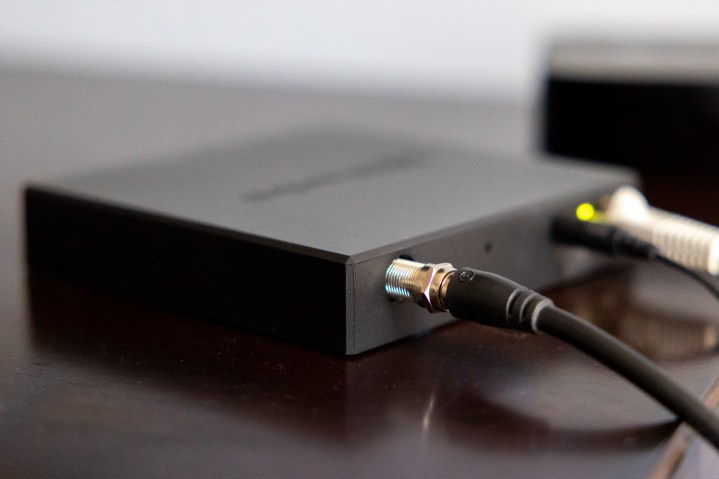
HDHomeRun is a small black box, about the size of a couple of decks of cards. It’s extremely basic. The fourth-generation Tablo is about the same size, though it’s round and off-white, with a very bright LED on the front. (You can and should turn that off in settings, by the way.)
Me? I have mine buried in a box of exercise equipment in my bedroom. (Probably because it fell off the dresser next to it and I never bothered to move things.) Just set it up and forget it. It’s not the sort of thing you need to have out where anyone can see.
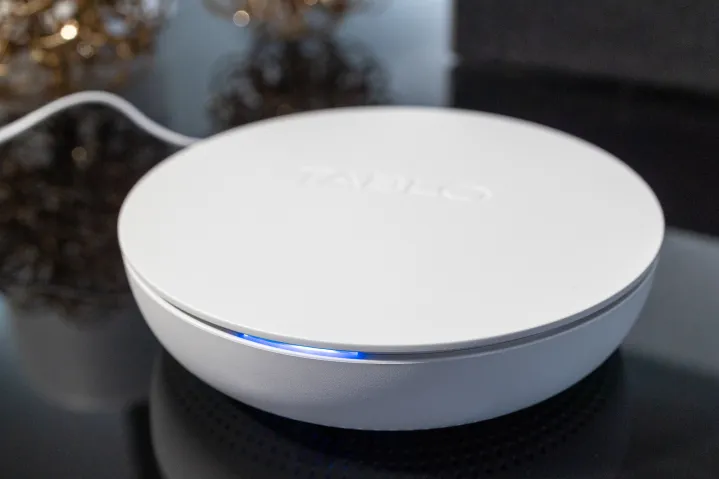
Winner: I’m going to call this one a tie. Neither is a looker, and whether you have it out in the open, where people can see it, very much depends on where your antenna connection is in your home.
Networking
This section is super-easy. Tablo has Wi-Fi capability. That’s a good thing because you’re not forced to hard-wire it into your wireless router or a switch. It’s using Wi-Fi 5, by the way, or 802.11ac, which is plenty fast enough for what it’s doing. It also has an Ethernet port if you prefer the wired route. (I always plug in if I can.)
HDHomeRun requires a wired connection via Ethernet. If your antenna isn’t anywhere near your router or a switch — well, it’s going to have to be somehow. So it’s just not as flexible as to its location. It’s not a deal-breaker; it’s just not as easy.
Winner: Tablo, obviously.
Recording
Tablo has 128GB of built-in storage for recording shows and movies (good for about 50 hours) and can accept up to 8TB of external storage via the USB-A port in the back.
You can record with Tablo or HDHomeRun, but only one makes it easy
HDHomeRun doesn’t, instead requiring you to be able to navigate some sort of network-attached storage and install additional recording software. (Its own HDHomeRun Servio external storage device appears to be no longer available.) If you run an NAS (Network Attached Storage) and rock Plex, you are likely just fine on your own, though. Plus you’ll have to pay a monthly subscription for the privilege of recording that otherwise free TV if you’re doing so through HDHomerun directly.
Winner: Tablo takes it. We’re not going to belabor this with too many more details. Yes, it’s still possible to record with HDHomeRun. But Tablo’s recording is built in and far easier to use. If recording over-the-air TV is important to you and you’re not the sort of person who runs a NAS, get Tablo.
Software and availability
If there’s a single complaint I’ve had about HDHomeRun over the years, it’s that its built-in software was … not great. At all. And it hasn’t really changed any. It’s functional but far from good.
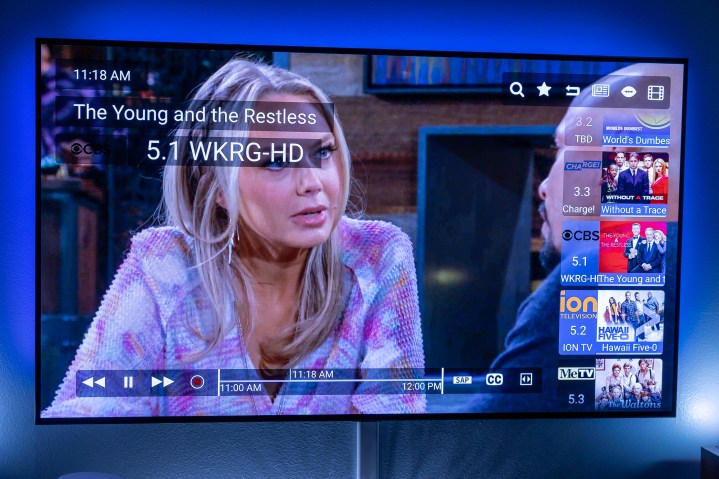
But you can instead still use an app called Channels (Android, iOS), which is much better across all platforms. (I’ve been using Channels so long that I actually had to pay for it back in the day. The app is free to watch live TV via HDHomeRun.)
HDHomeRun also has apps for Mac and Windows; Tablo does not.
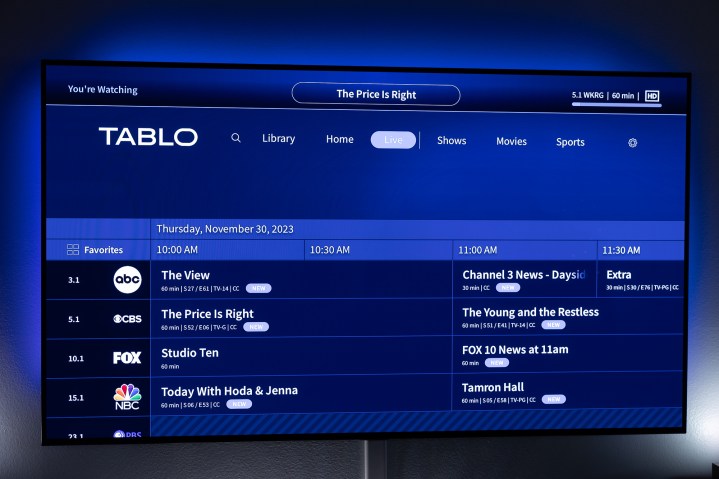
The Tablo app, in contrast, is very good. It’s easy to use, which really is all that matters.
Winner: Tablo, hands down.
Extras
An over-the-air tuner is a relatively simple device, even one with network connectivity that lets you watch over multiple devices. And given that both Tablo and HDHomeRun are network-connected tuners, they’ve got a few extra tricks up their respective sleeves. Or, rather, HDHomeRun does.

The current generation of HDHomeRun devices hasn’t changed all that much from what we’ve enjoyed for years. And that means a bunch of extras that simply aren’t available on Tablo. Consider that HDHomeRun:
- Supports Plex for live TV as well as DVR
- And that means you could watch outside your home network
- Can be managed via a command line interface, or a web browser
- Can be watched via a third-party app, Channels
Tablo doesn’t do any of that. It’s all contained inside the Tablo app. That’s not a bad thing at all — it’s just a noticeable difference.
Winner: HDHomeRun
The winner
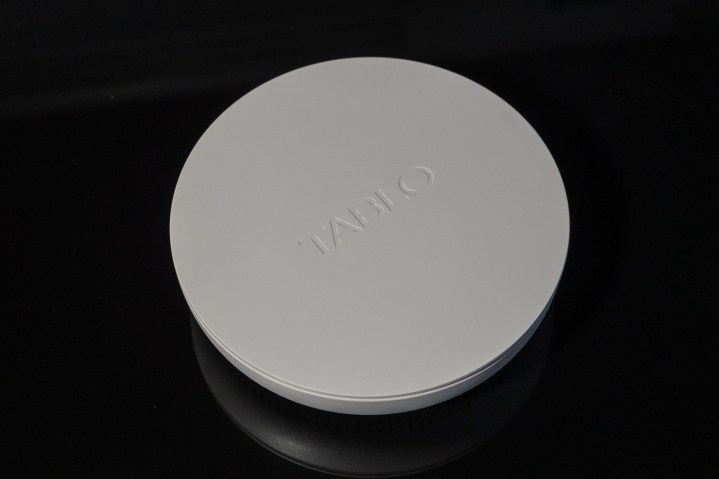
For most people, the fourth-generation Tablo should be the clear winner. It has newer hardware, with recording capability included. It has better software. And it has the air of a company that plans to continue doing business for the foreseeable future.
That’s not to say there isn’t a place for HDHomeRun. If you’re using one of the devices that Tablo doesn’t currently support — Apple TV, or a smart TV system that doesn’t run Amazon Fire TV, Google TV, or Roku — then HDHomeRun is your best bet. Or if you know you want to run things through an NAS, then you’ll want HDHomeRun. Or if you just have to have support for ATSC 3.0, but that’s far from a must-have yet.
Plus, there’s the issue of price. Tablo wins there, too, particularly if you’re going to want four tuners. And at the end of the day, that’s really what all this is about. Getting the most free TV for the least amount of time, money, and trouble up front.
Editors' Recommendations
- Tablo’s four-tuner/antenna bundle is just about perfect
- Locast shutters operations — here’s how to keep watching your local channels



